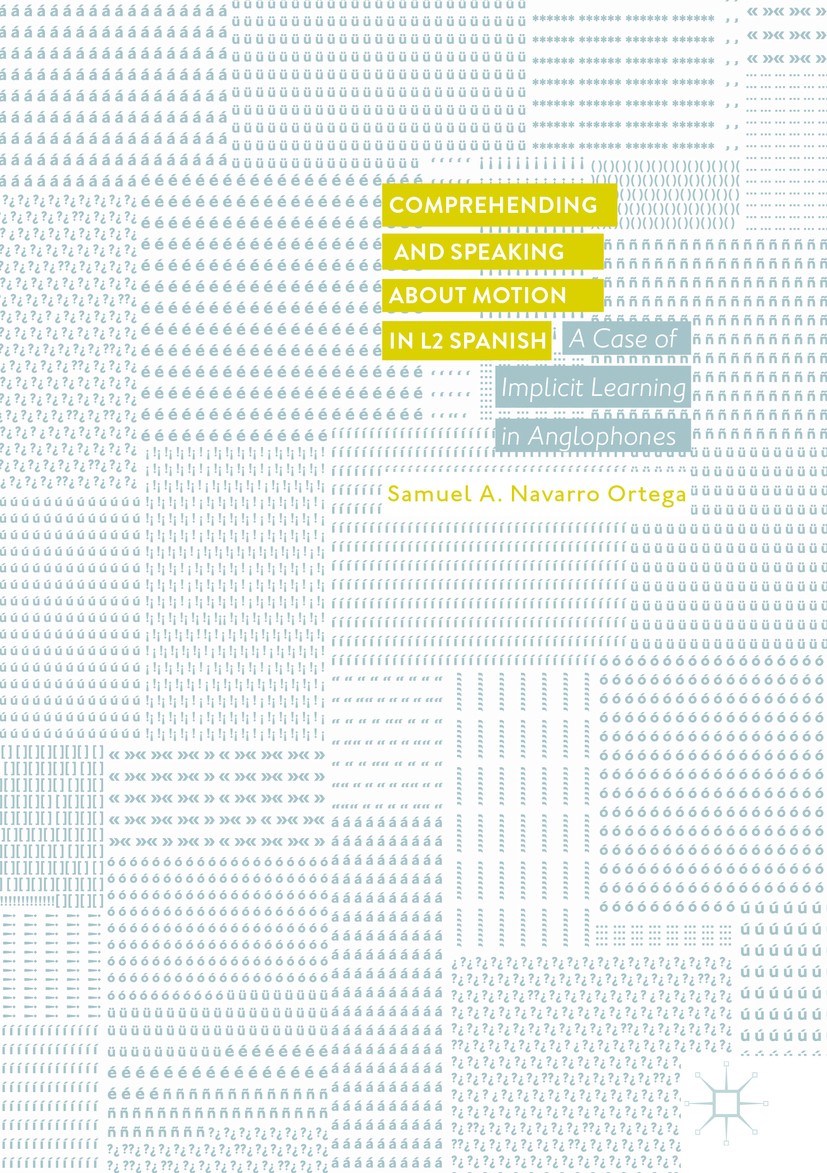| 书目名称 | Comprehending and Speaking about Motion in L2 Spanish |
| 副标题 | A Case of Implicit L |
| 编辑 | Samuel A. Navarro Ortega |
| 视频video | http://file.papertrans.cn/232/231875/231875.mp4 |
| 概述 | Demonstrates how subtle aspects of Spanish can successfully be learned in the absence of direct teacher instruction.Contributes to an under-researched area in cognitive semantics that crosses into the |
| 图书封面 |  |
| 描述 | This book presents a novel analysis of the learning of motion event descriptions by Anglophone students of Spanish. The author examines cross-linguistic differences between English and Spanish, focusing on the verbal patterns of motion events, to explore how learners overcome an entrenched first-language preference to move toward the lexicalization pattern of the additional language. His findings highlight the gradual nonlinear process Anglophones traverse to acquire and produce form-meaning mappings describing motion in Spanish. The author suggests that as motion event descriptions are not normally the focus of explicit instruction, students learn this concept primarily from exposure to Spanish. Given its interdisciplinary nature, this book will be of interest to researchers working in Hispanic linguistics, cognitive semantics, and Spanish language learning and teaching.. |
| 出版日期 | Book 2017 |
| 关键词 | Applied Hispanic Linguistics; Hispanic linguists; Implicit Learning; L2; Cognitive Semantics; Spanish lan |
| 版次 | 1 |
| doi | https://doi.org/10.1007/978-3-319-49307-7 |
| isbn_softcover | 978-3-319-84128-1 |
| isbn_ebook | 978-3-319-49307-7 |
| copyright | The Editor(s) (if applicable) and The Author(s) 2017 |
 |Archiver|手机版|小黑屋|
派博传思国际
( 京公网安备110108008328)
GMT+8, 2025-11-11 22:52
|Archiver|手机版|小黑屋|
派博传思国际
( 京公网安备110108008328)
GMT+8, 2025-11-11 22:52


